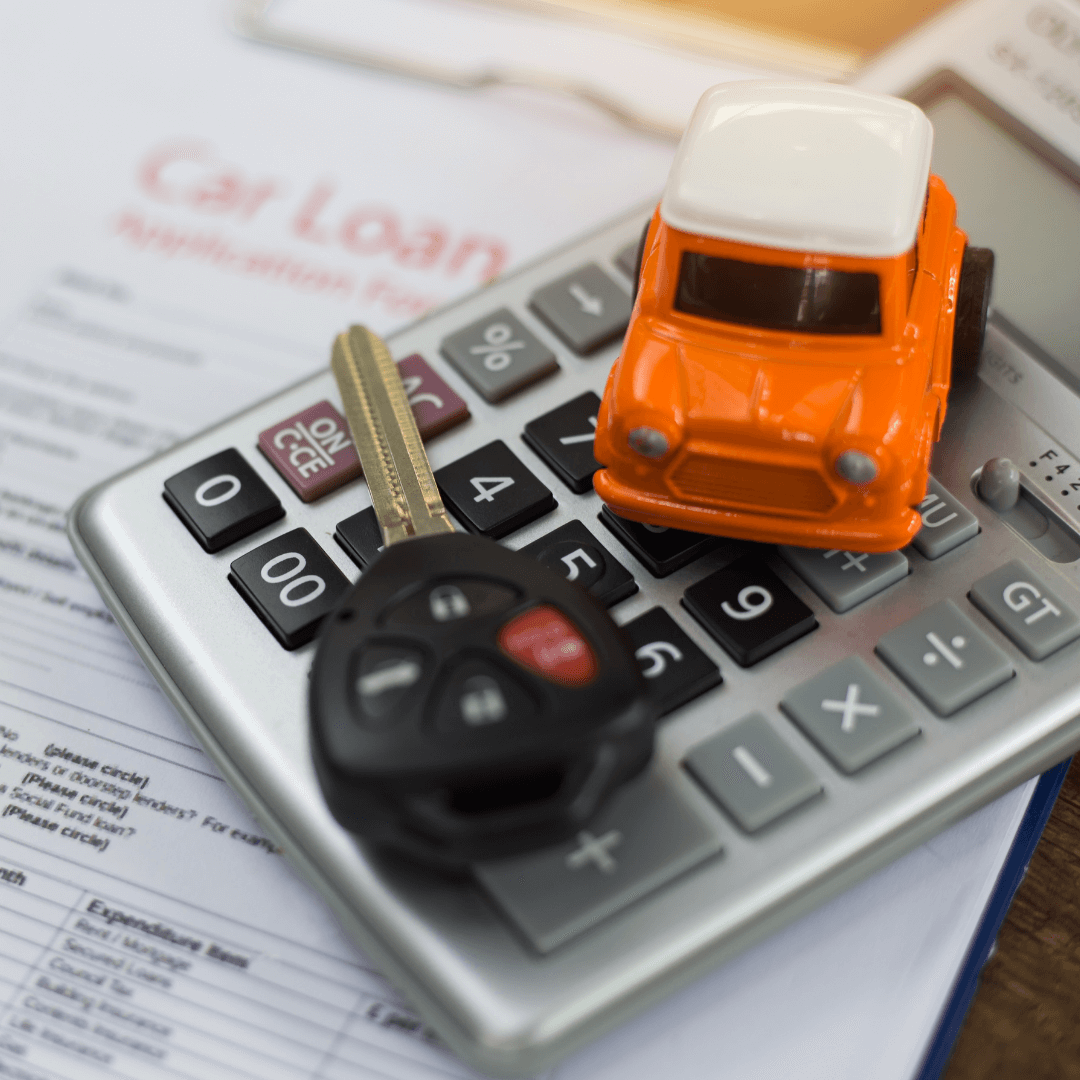Introduction
The rise of self-driving cars, or autonomous vehicles (AVs), is revolutionizing the automotive industry and promising a future of safer, more efficient, and accessible transportation. At the heart of these vehicles lies sophisticated software, a complex system that orchestrates every aspect of their operation. This software is responsible for perceiving the environment, making decisions, and controlling the vehicle, all in real-time.
This blog post delves into the key components of self-driving car software, exploring the technologies that enable these vehicles to navigate the world autonomously. We'll examine the intricate interplay of perception, planning, and control systems, highlighting the challenges and advancements in this rapidly evolving field.

Perception: The Eyes and Ears of the AV
The first step in autonomous driving is understanding the environment. This is where perception systems come into play. These systems act as the vehicle's "eyes and ears," gathering data from sensors like cameras, lidar, radar, and ultrasonic sensors.
- Camera: Cameras capture visual information, enabling the vehicle to recognize objects like cars, pedestrians, traffic signs, and lane markings.
- Lidar: Light Detection and Ranging (LiDAR) emits laser beams to create a 3D map of the surroundings, providing precise distance and shape information.
- Radar: Radar uses radio waves to detect objects, even in low-visibility conditions like fog or rain.
- Ultrasonic Sensors: These sensors emit sound waves to detect nearby objects, particularly useful for parking and low-speed maneuvers.
The perception system processes this raw sensor data, identifying and classifying objects, and creating a detailed representation of the vehicle's surroundings. This information is then passed on to the planning and control systems.
Planning: Navigating the Road Ahead
With a clear understanding of the environment, the planning system takes over. This system is responsible for determining the vehicle's path, speed, and actions based on the perceived information and the desired destination.
- Path Planning: The planning system generates a safe and efficient path for the vehicle to follow, considering obstacles, traffic conditions, and road rules.
- Motion Planning: This component determines the vehicle's speed and acceleration, ensuring smooth and predictable movements.
- Decision Making: The planning system makes critical decisions, such as lane changes, overtaking maneuvers, and stopping at intersections.
Advanced algorithms, including artificial intelligence (AI) and machine learning (ML), are employed to optimize the planning process, enabling the vehicle to make intelligent and adaptive decisions in real-time.
Control: Executing the Plan
The final stage involves the control system, which translates the planning system's instructions into physical actions. This system controls the vehicle's steering, acceleration, braking, and other actuators.
- Steering Control: The control system adjusts the steering wheel angle to maintain the vehicle's desired path.
- Acceleration and Braking Control: This component manages the vehicle's speed, accelerating or braking as needed to follow the planned trajectory.
- Actuator Control: The control system interacts with various actuators, such as the engine, transmission, and brakes, to execute the planned actions.
The control system operates in a closed-loop feedback system, constantly monitoring the vehicle's actual performance and adjusting its actions to maintain stability and accuracy.
Conclusion
Self-driving car software is a complex and rapidly evolving field, pushing the boundaries of computer science, robotics, and artificial intelligence. The key components of perception, planning, and control work together seamlessly to enable these vehicles to navigate the world autonomously. As technology continues to advance, we can expect even more sophisticated and reliable self-driving cars in the future, transforming the way we travel and interact with our surroundings.




